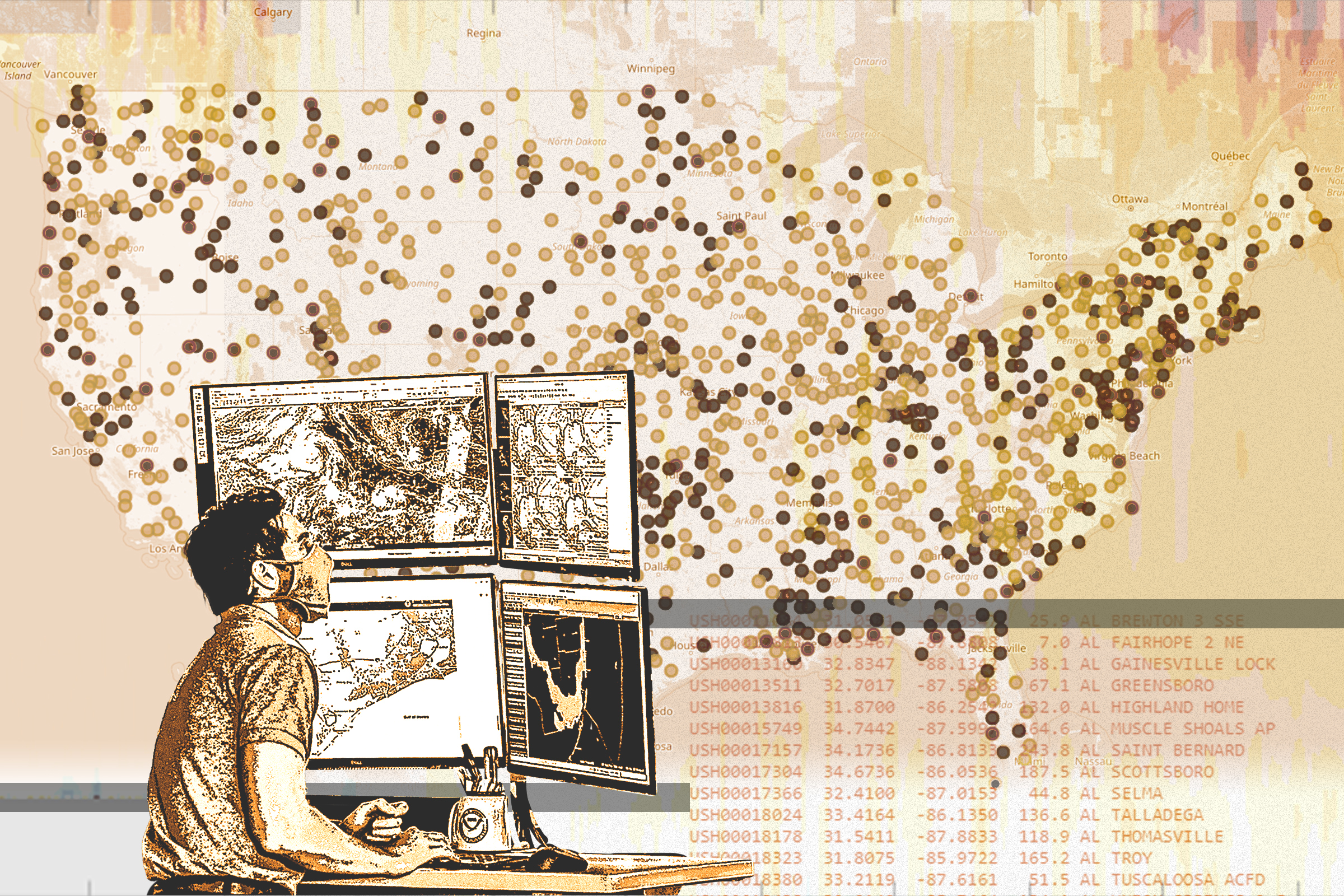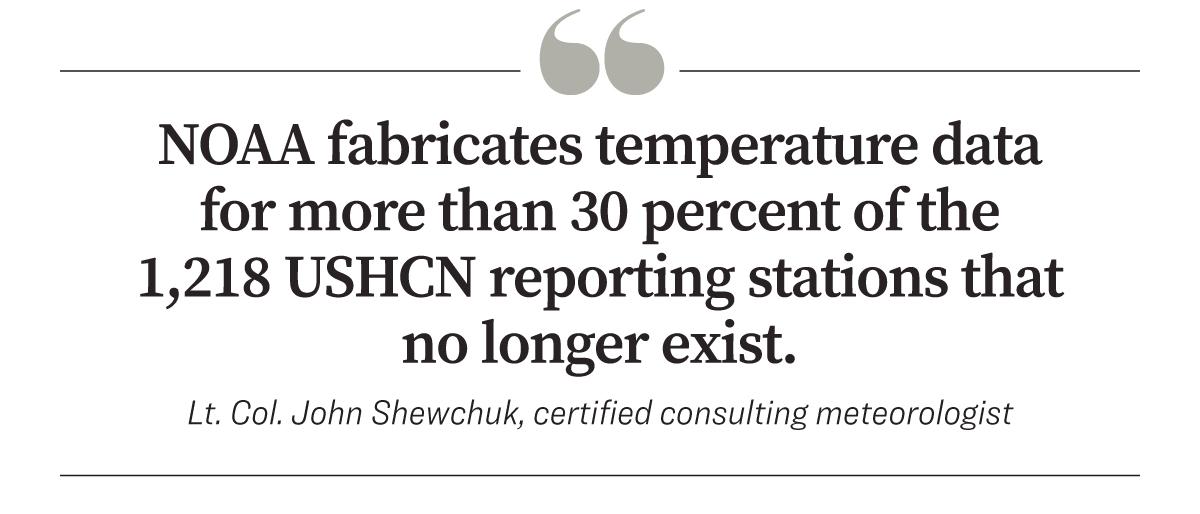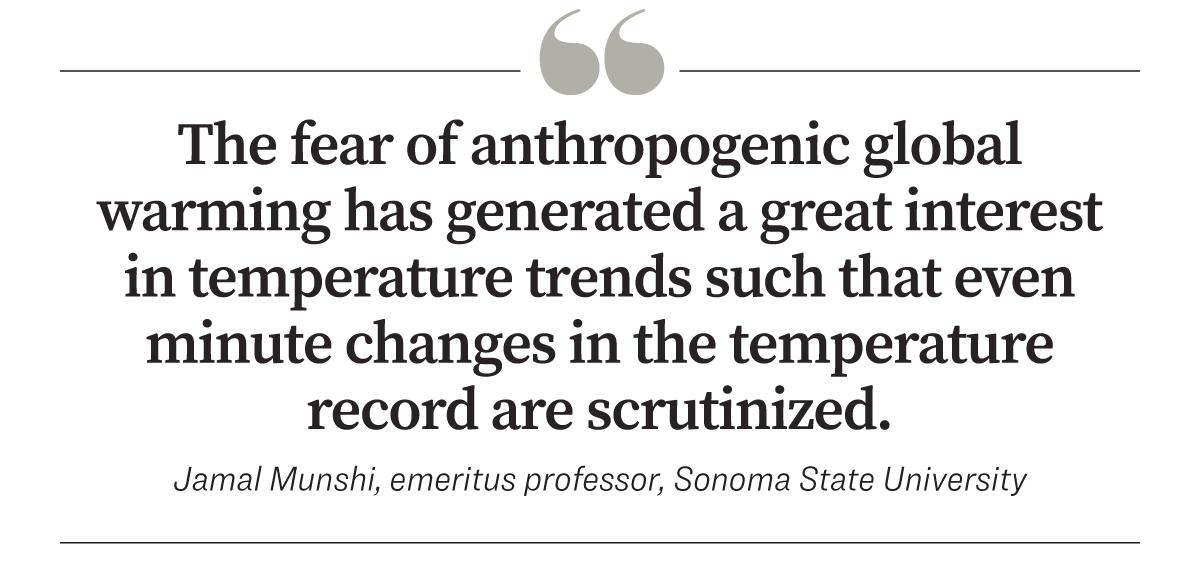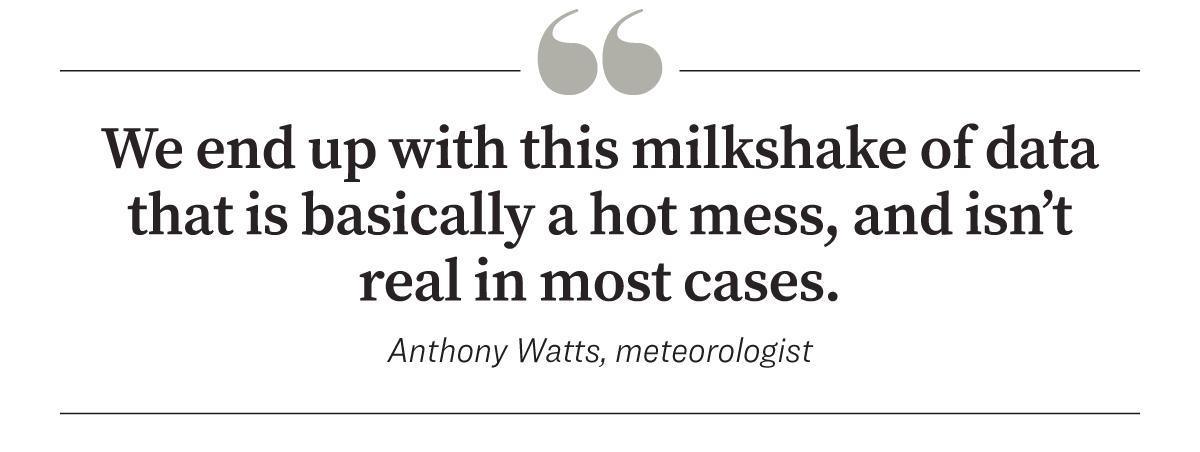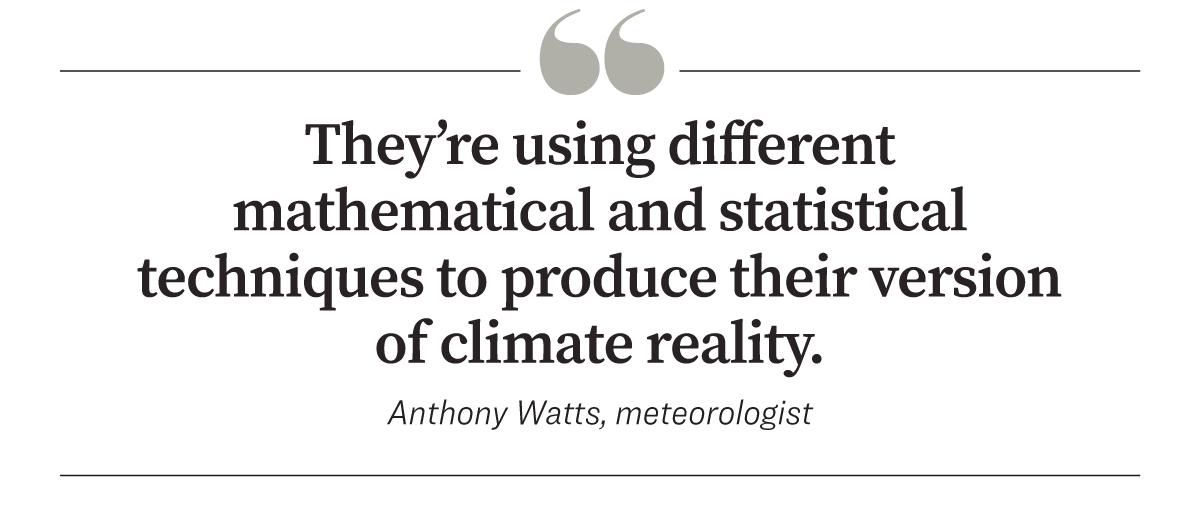“Earth’s issuing a distress call,” U.N. Secretary-General António Guterres said on March 19. “The latest State of the Global Climate report shows a planet on the brink.
“Fossil fuel pollution is sending climate chaos off the charts. Sirens are blaring across all major indicators: Last year saw record heat, record sea levels, and record ocean surface temperatures. ... Some records aren’t just chart-topping, they’re chart-busting.”
President Joe Biden called the climate “an existential threat” in his 2023 State of the Union address.
“Let’s face reality. The climate crisis doesn’t care if you’re in a red or a blue state,” he said.
In his 2024 address, President Biden said: “I don’t think any of you think there’s no longer a climate crisis. At least, I hope you don’t.”
When recalling past temperatures to make comparisons to the present, and, more importantly, inform future climate policy, officials such as Mr. Guterres and President Biden rely in part on temperature readings from the U.S. Historical Climatology Network (USHCN).
The problem, experts say, is that an increasing number of USHCN’s stations don’t exist anymore.
“They are physically gone—but still report data—like magic,” retired U.S. Air Force Lt. Col. John Shewchuk, a certified consulting meteorologist, said.
“NOAA fabricates temperature data for more than 30 percent of the 1,218 USHCN reporting stations that no longer exist.”
He calls them “ghost” stations.
Mr. Shewchuk said USHCN stations reached a maximum of 1,218 stations in 1957, but after 1990, the number of active stations began to decline because of aging equipment and personnel retirements.
NOAA still records data from these ghost stations by taking the temperature readings from surrounding stations and recording their average for the ghost station, which is followed by an “E,” for estimate.
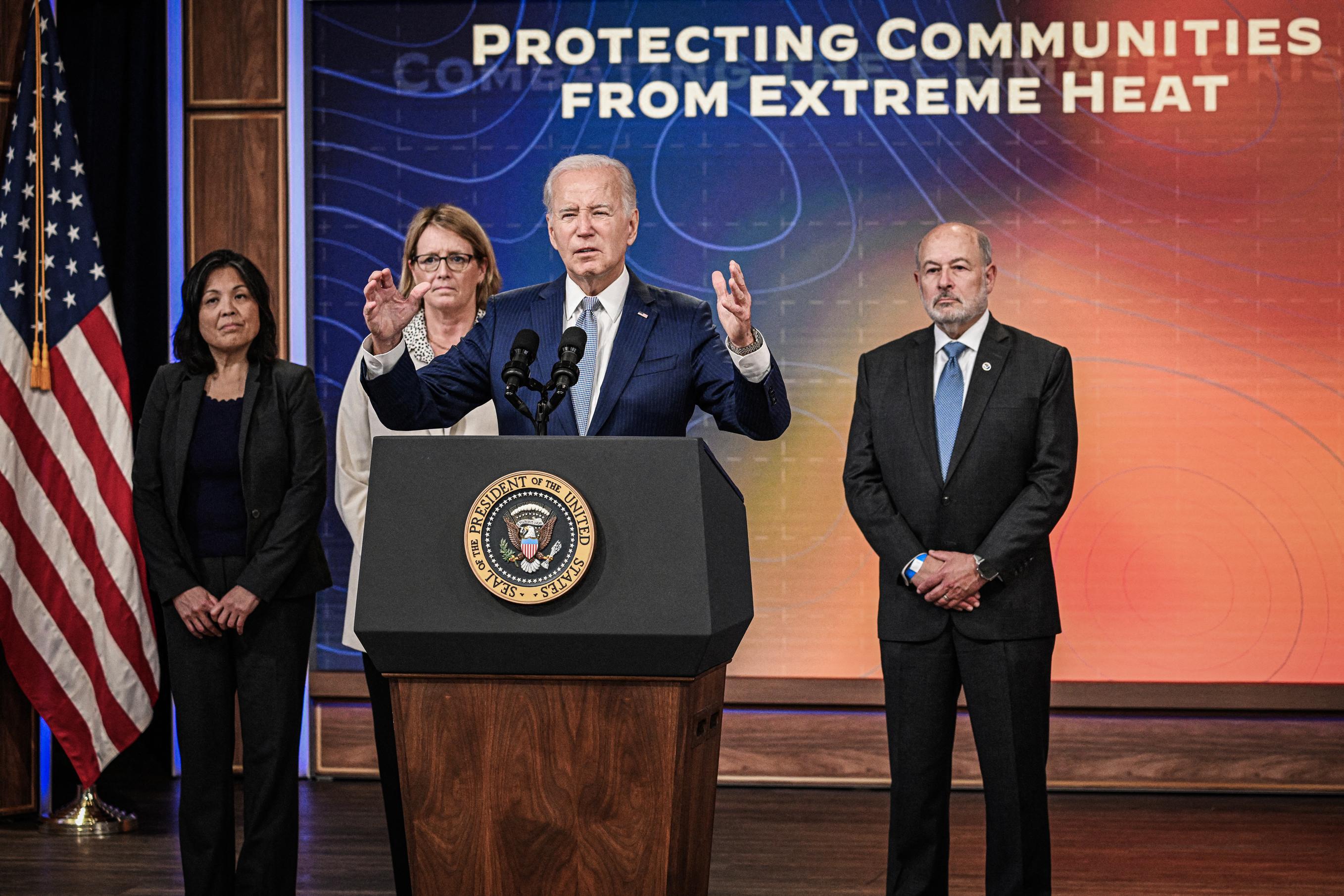
The addition of the ghost station data means that NOAA’s “monthly and yearly reports are not representative of reality,” Anthony Watts, a meteorologist and senior fellow for environment and climate at the Heartland Institute, said.
Critical Data
NOAA’s complete record of USHCN data is available on its website, making it a vital tool for scientists examining temperature trends since before the Industrial Revolution.“The fear of anthropogenic global warming has generated a great interest in temperature trends such that even minute changes in the temperature record are scrutinized, and controversial implications for their effects on climate, extreme weather, and sea level rise are weighed against the cost of reducing emissions as a way of moderating these changes,” Mr. Munshi wrote.
“Energy and development policy around the world are impacted by these evaluations.”
Mr. Shewchuk said the USHCN data is the only long-term historical temperature data that the United States has.
“In these days of apparent ‘climate crisis,’ you would think that maintaining actual temperature reporting stations would be a top priority—but they instead manufacture data for hundreds of nonexistent stations. This is a bizarre way of monitoring a climate claimed to be an existential threat,” he said.
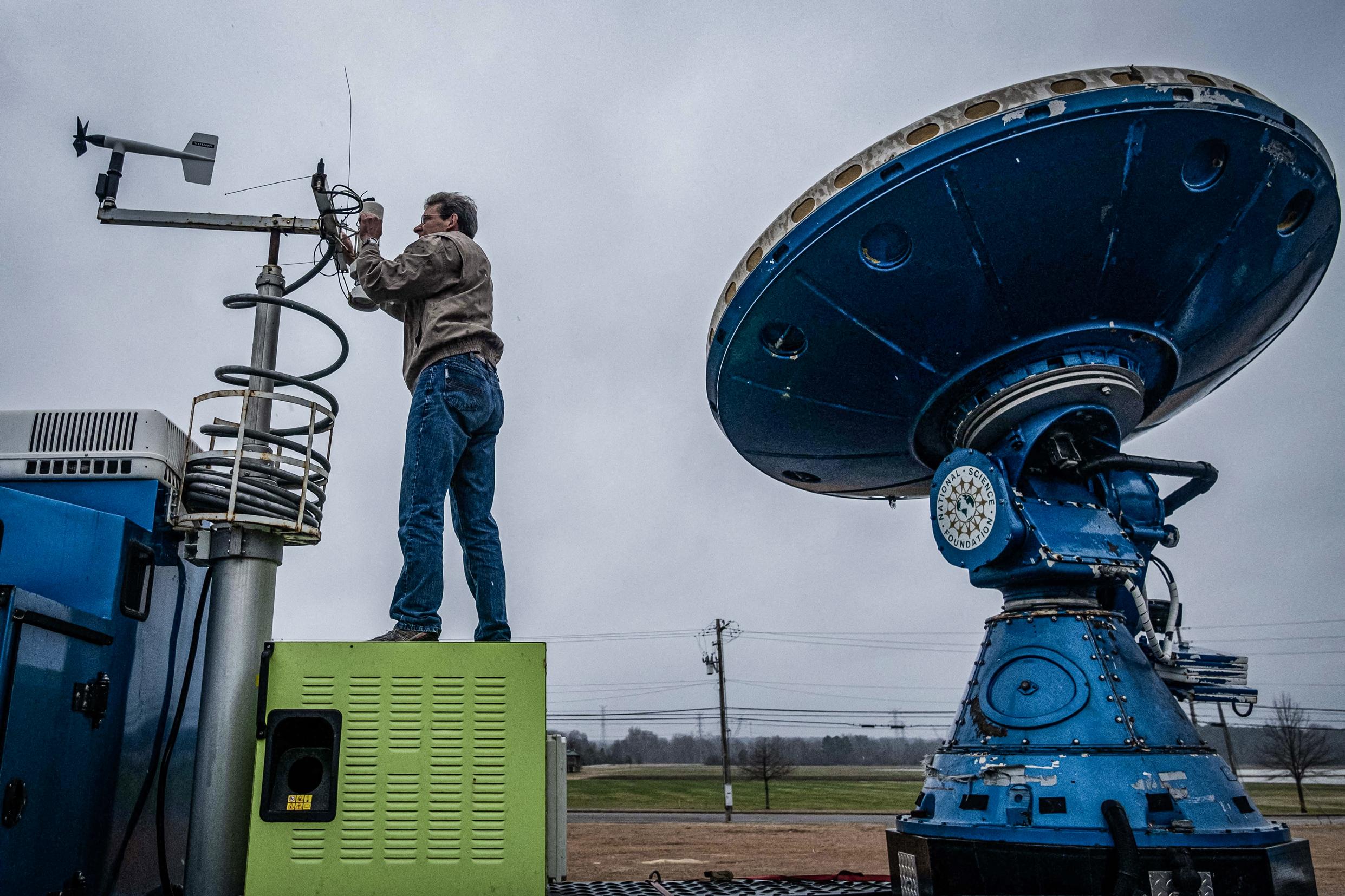
“Observed data is real. Altered and fabricated data is not real. Period.”
Significantly, the map shows, not all of the stations used to interpolate temperature data are near the closed station. Thus, hypothetically, it’s possible that because Oklahoma City’s stations are all “zombies,” interpolation data is coming from as far away as Gainesville, Texas, which is more than 136 miles away, and Enid, Oklahoma, which is more than 100 miles away.
“For various reasons, NOAA feels the need to alter this data instead of fixing equipment problems they think exist,” Mr. Shewchuk said.
“Fixing temperature reporting stations is not rocket science. If we can go up to space to fix the Hubble telescope, we can surely come down to earth to fix a few thermometers.”
NOAA’s use of ghost temperature stations isn’t a recent phenomenon. In 2014, Mr. Watts raised the issue of ghost stations and bad data with NOAA’s chief scientist at the National Climatic Data Center, Tom Peterson, and Texas’s state climatologist, John Nielsen-Gammon, who confirmed that there was an issue.
“It’s a bug, a big one. And as [climatologist] Zeke [Hausfather] did a cursory analysis Thursday night, he discovered it was systemic to the entire record, and up to 10 percent of stations have ‘estimated’ data spanning over a century.”
That fix never materialized, however.
“They’re still doing it, and it’s even worse,” he said.
Mr. Watts said the process for volunteers is “labor intensive.”
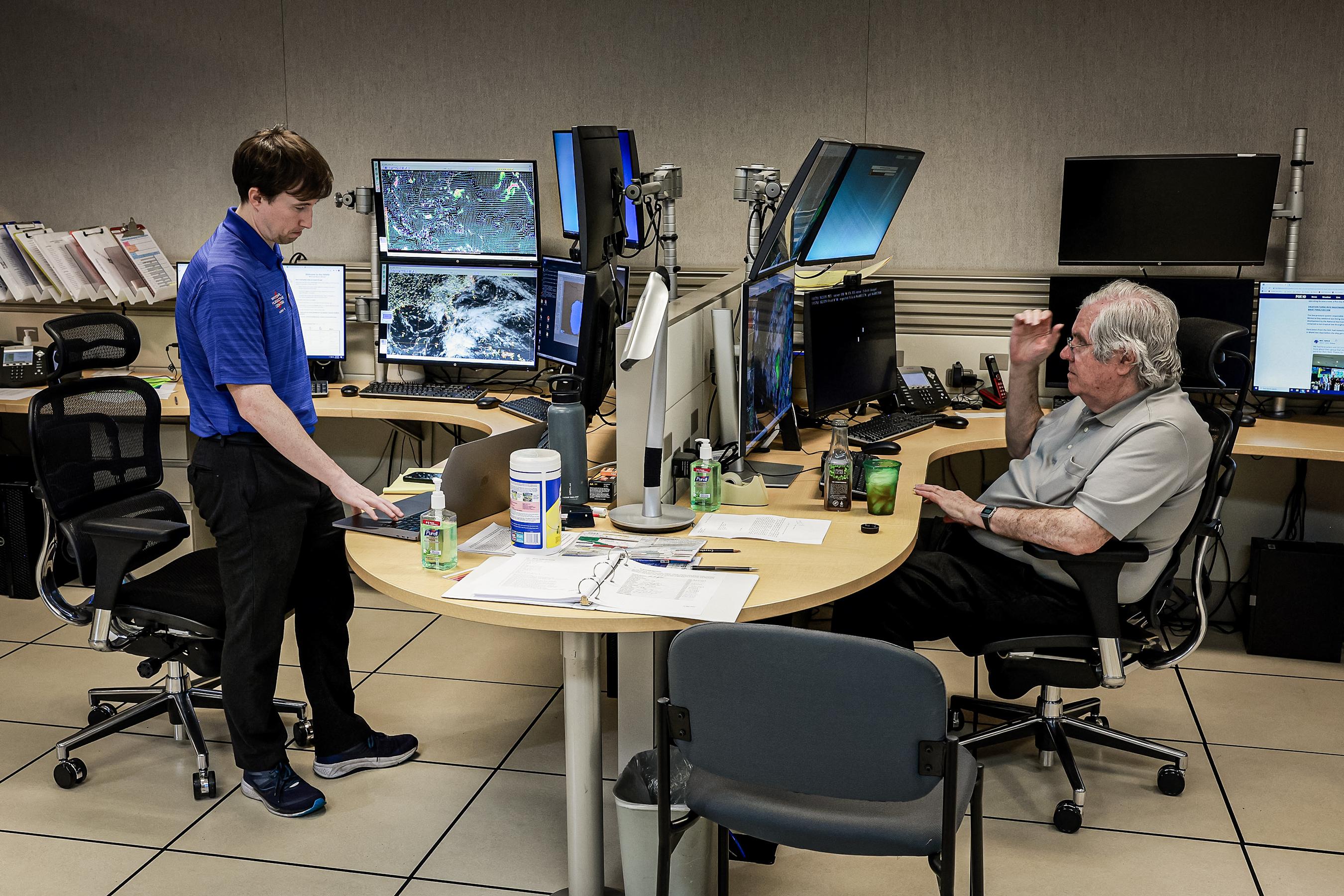
“It requires people to record high and low temperature, rainfall, the temperature at the time of observation, and do it at a very specific time, every day. And this has to then be recorded and sent to the National Climatic Data Center in Nashville, now known as the National Centers for Environmental Information,” he said.
“Some of it’s still done on paper, some of it’s still done with touchtone over the telephone. It requires a lot of dedication and effort on the part of the observer. It’s a thankless job. And as a result, observers have been disappearing. A lot of them have left due to attrition by death. And then there’s no one to take on that job.”
Mr. Watts explained that when that happens, instead of subtracting the unmanned station from the overall number of USHCN stations, NOAA creates a number from surrounding stations.
“As a result, we end up with this milkshake of data that is basically a hot mess, and isn’t real in most cases,” he said.
Mr. Shewchuk said that as a forensic consulting meteorologist, he produces expert witness reports for legal cases.
NOAA’s Defense
NOAA’s National Centers for Environmental Information confirmed to The Epoch Times that it uses “ghost” station data.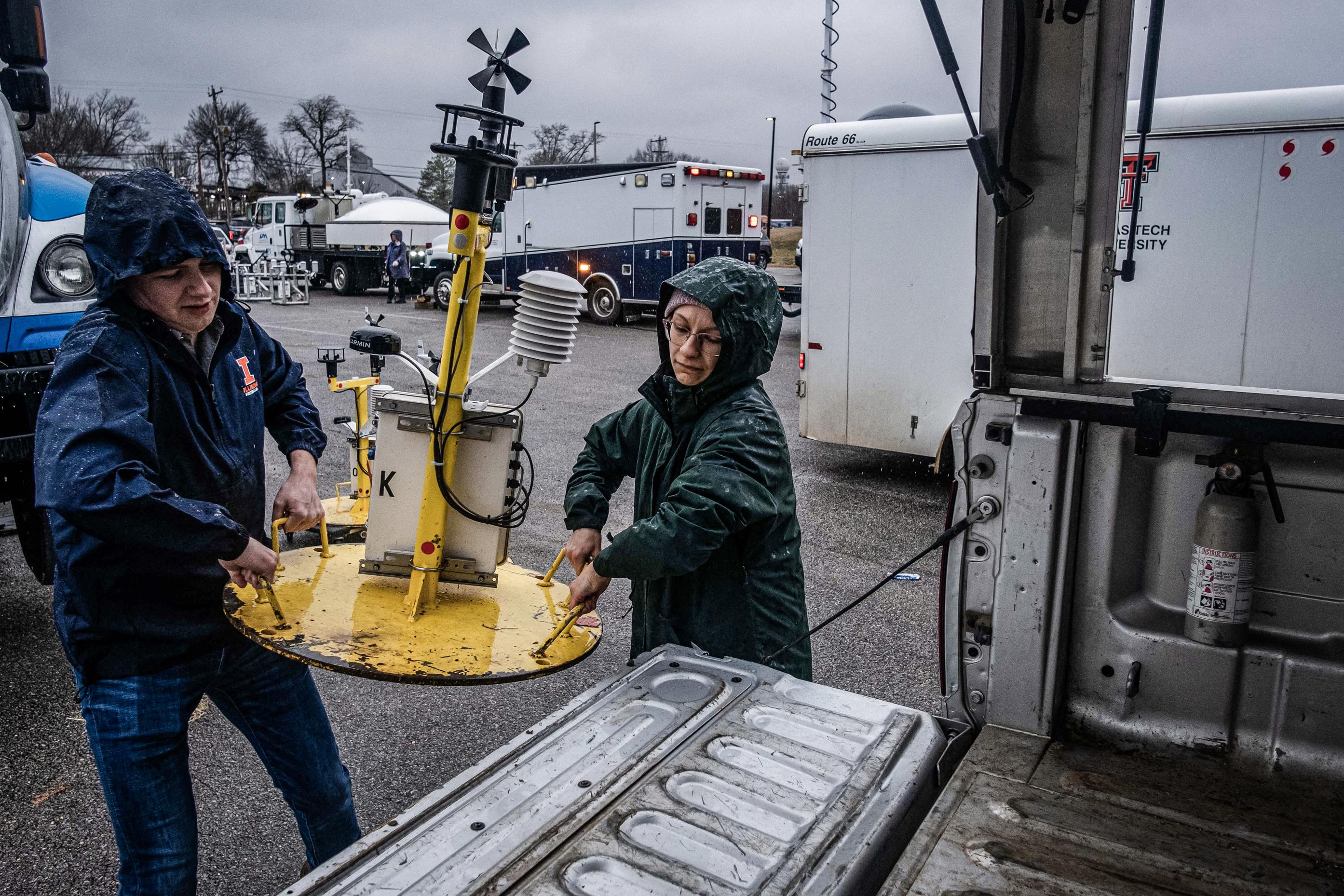
“This flag is used to distinguish the observed values from estimated values. This attribute of providing estimated values to create uniform periods of record for monthly temperature stations is somewhat unique to the USHCN monthly data, which has provided estimates for several decades.
“While these estimates are provided as a service to users who may benefit from the data completeness provided by USHCN, NOAA itself does not directly use the estimates for closed stations (or for early periods before the observed record begins) in its own climate monitoring activities.”
Mr. Shewchuk said he didn’t buy NOAA’s response.
“It’s a shell game,” he said. “The ‘USHCN’ data is now included in a variety of larger datasets of various names, so now some can officially claim that ‘USHCN’ is not being used as a single entity.
“However, all the USHCN data is actually used for all historic climate studies because the USHCN data is the only data that goes back over 100 years. Without this historical data, we are climate-change blind.”
The Bigger Issue
According to Mr. Watts, ghost stations are problematic but are only part of a much bigger problem.“That is a lie,” Mr. Watts said of the independent data claim.
“The USHCN data set and the [new] nClimDiv climate division data set [which uses the same stations and has the same problems] comes from the Cooperative Observer [Program] in the United States.
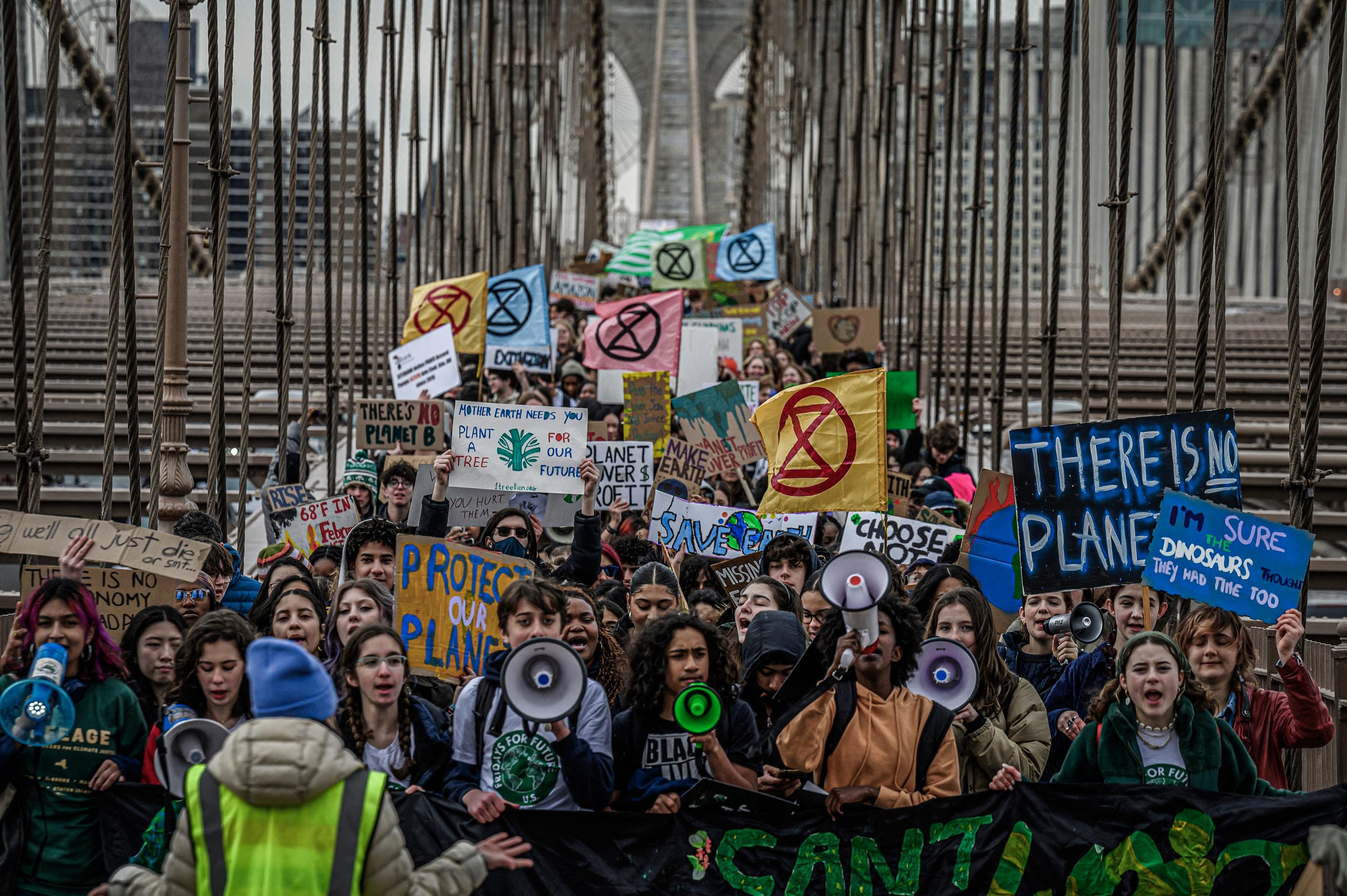
“All these different entities out there, like NOAA, GISS, BEST, all the entities I listed, use the same data from GHCN. And they all apply their own set of ’special sauce' adjustments to create what they believe is true.
“It’s almost like each of these entities is creating their version of the real, true God. You know, it’s like a religion. They’re using different mathematical and statistical techniques to produce their version of climate reality.
“And it all goes back to the same original, badly sited, badly maintained ghost station dataset around the world. USHCN and GHCN are the same stuff. So there is no independent temperature dataset. It’s bogus that anyone claims this.”
Mr. Shewchuk said the warming that the earth has experienced since the 1800s is much less than has been reported, but even if it weren’t, warmer temperatures are natural—not manmade—and not a cause for concern.
“We are still thawing out from the Little Ice Age because the Bray and Eddy solar cycles are still in their warming phases,” he said. “[Carbon dioxide] is a greenhouse gas, but its contribution to today’s warming is trivial. Whenever someone asks me how much ’man-made‘ CO2 is increasing Earth’s temperature, I respond, ’Does the growth of a new eyelash increase your weight?’
“There is no climate emergency. In fact, all measures of severe weather are decreasing—even tornadoes and hurricanes. Furthermore, global warming (at least the little that there is) and increasing CO2 are good for life on Earth. History clearly shows us that life thrives during warm periods (such as the Medieval Warm Period) and suffers during cool periods (such as the Little Ice Age).
Mr. Shewchuk pointed out that even NOAA and NASA report that increased CO2 has “greened the planet” and increased plant growth, which has benefited food production.
“We should celebrate CO2—not demonize it,” he said.
